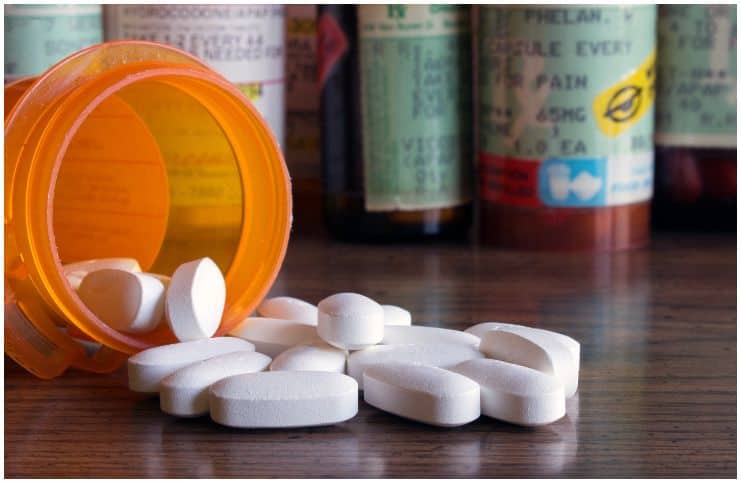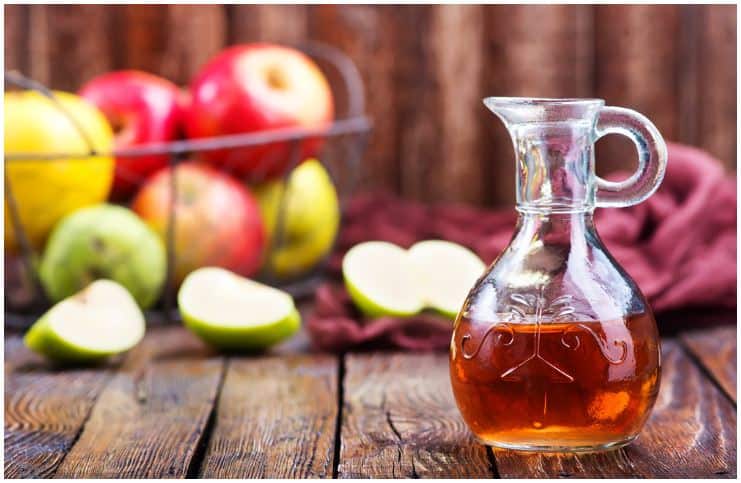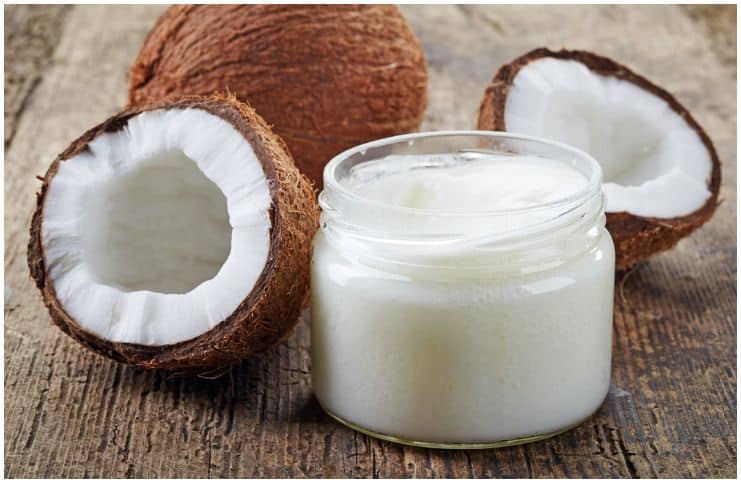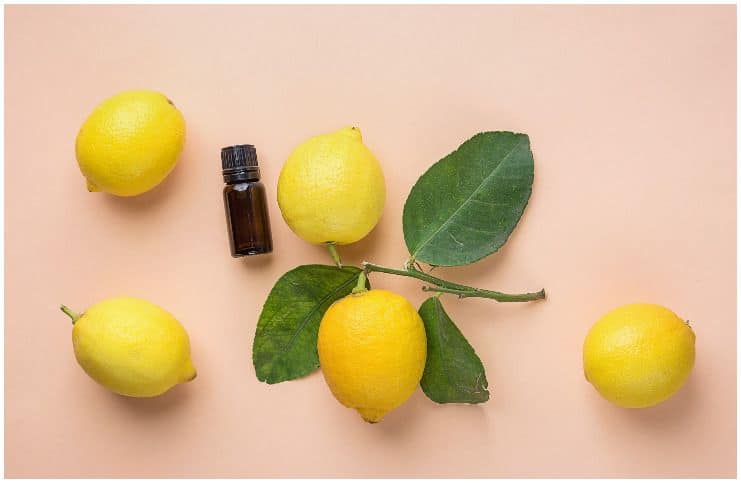Miconazole vs Tioconazole – detailed comparison:
Vaginal candidiasis, also known as vaginal yeast infection, is usually caused by an overgrowth of a fungus that normally lives in your vagina, called Candida albicans.
Yeast infections are very common and affect up to 75 percent of women at some point in their lifetime.
Some of the signs and symptoms of a yeast infection include – itching, pain, swelling, and burning in and around the affected area. Various treatments are available for this condition, including the following medicines:
Miconazole Nitrate
It is an antifungal agent from the imidazole family of medications. It works by weakening the cell membrane of the fungus, resulting in the death of the fungus.
This medicine is used to treat skin infections, like – jock itch, athlete’s foot, and ringworm, as well as vaginal yeast infections and external vulvar irritation and itching associated with a yeast infection.
Also, it has activity against Gram-positive bacteria, like – Staphylococcus intermedius.
It comes as a lotion, cream, spray liquid, powder, and spray powder to be applied to the skin.
The cream and the suppositories should be inserted high into the vagina 1 to 2 times every day, as long as symptoms persist, for up to seven days.
Note – it probably will take a few days for improvement to be seen in skin infections.
Side Effects
Common side effects include – vaginal/urethral burning/pain, headaches, increased inflammation or pain in the affected area, lower abdominal cramps, and allergic reactions (such as – itching, skin rash, and swelling of the lips, face, or tongue).
If you experience these side effects, speak with your healthcare specialist for further advice.
Drug Interactions
Drug interactions are possible with phenytoin, anticoagulants, some newer atypical antipsychotics, cyclosporin, terbinafine (sold under the brand name Lamisil), and some statins used to treat high levels of total and LDL cholesterol.
Do not use this product if you have a known allergy to milk protein (casein).
Tioconazole
It belongs to the family of medicines called antifungals, which are used to treat infections caused by a yeast or fungus.
It can be found under the brand name of Vagistat-1.
Mechanism of Action
It works by inhibiting the growth of fungi.
Dosage
This medicine is commonly given as a single dose at bedtime. Most patients experience some relief within 1 day and complete relief within 7 days. You should also wash your hands after using this product.
Side Effects
Stop using this medicine and contact your doctor if you experience any of the following side effects – swelling of your face, lips, or tongue, the closing of your throat, or shortness of breath.
Pregnancy & Breastfeeding
It has been assigned to pregnancy category C by the US Food and Drug Administration. This means that it is not known whether this antifungal will harm a developing fetus.
It is not 100 percent known whether this allopathic medicine passes into breast milk or if it could result in some adverse effects for a nursing baby.
READ MORE: Pro And Cons Of Being A Vegetarian
Drug Interactions
It may interact with the following drugs:
- Amiodarone;
- Atorvastatin;
- Bepridil;
- Bromocriptine;
- Busulfan;
- Cerivastatin;
- Levetiracetam;
- Nicergoline;
- Pitavastatin.
Alcohol
There are no known interactions between alcohol and these antifungals.
READ MORE: Hypervolemia – Symptoms
Bottom Line – Miconazole vs Tioconazole
Both antifungals are widely used against vaginal infections caused by the Candida species, with excellent results.
Also, both medicines act by inhibiting ergosterol synthesis, which thus interferes with membrane permeability.
However, miconazole appears to be more efficient as well as it can be utilized for other types of infections.
Note – the cure rates associated with these medicines are around 85 percent. However, by using these products, the sufferers may actually increase their likelihood of developing a yeast infection that is resistant to future treatment.
READ MORE: Koilonychia (Spoon Nails) – Symptoms
Home Remedies For Yeast Infection
Garlic
Garlic has strong natural anti-fungal properties and can even balance out harmful bacteria. A garlic clove inserted into the vagina will most likely lower the colonization of the vagina with candida, with no known adverse effects.
Moreover, there is on the market a vaginal cream containing thyme and garlic, which, according to research, was found to be as effective as conventional vaginal creams in the treatment of yeast infection.
What You Have To Do
- crush and grind the cloves with water to make a paste;
- apply to the affected area for 10 minutes;
- rinse with cool water.
Probiotics
Taking supplements containing Lactobacillus acidophilus (a member of the Lactobacillus genus of bacteria that has a crucial role in human health) may also help prevent this type of infection. Consume prebiotic foods.
You should also consume prebiotic foods (they usually have a type of fiber called oligosaccharides found only in plant-based foods).
They might not contain healthy bacteria; nevertheless, prebiotics help probiotic foods work better. Prebiotics include raw foods like Jerusalem artichoke, chicory root, leeks, dandelion greens, bananas, onions, asparagus, and oats.
Apple Cider Vinegar
It is one of nature’s strongest antibiotics that can kill just about every bacteria, fungus, and virus.
Furthermore, apple cider vinegar contains malic acid, a compound known for having antibacterial, antiviral, and anti-fungal properties.
An ACV bath may be the best option when attempting to treat a vaginal yeast infection.
Cranberries
These fruits are used to treat bladder and urinary tract infections due to their potent antifungal and antibacterial properties.
Drink the juice, unsweetened, to halt fungal overgrowth and enhance healthy pH balance.
Note – if you choose to consume cranberry juice to help relieve a yeast infection, it is recommended to select organic unsweetened cranberry juice.
More importantly, cranberry fruits and juice are considered safe for breastfeeding and pregnant women.
Tea Tree Oil
It contains terpinene–4–ol, a compound that kills the fungus which causes this condition. To fight yeast infections, it is suggested to apply diluted tea tree oil to the vagina using an applicator-type tampon.
Note – because the vaginal area is susceptible, you should stop using tea tree oil if you experience any discomfort or irritation.
Boric Acid
Boric acid is a safe alternative to azole medications for the treatment of recurrent vulvovaginal candidiasis, according to a 2011 review in the Journal of Women’s Health.
For yeast infections, this compound is used as a suppository before going to bed for 7 to 14 days.
Note – there may be some irritation and burning linked with using boric acid vaginally.
Oregano Oil
Essential oil of oregano made from wild oregano contains two potent antifungals: carvacrol and thymol.
It effectively kills the harmful bacteria of every variety using only tiny amounts.
Goldenseal
Goldenseal contains a compound called berberine that has been found to be effective against yeast infections. You can combine it with water and use it as a mouthwash or skin wash.
Coconut Oil
It has potent antifungal attributes and has been shown to combat the C. albicans yeast. To ease symptoms, raw organic coconut oil can be applied externally or internally.
In the case of oral thrush, swish the coconut oil in your mouth for 5 to 10 minutes. Externally apply coconut oil to the affected areas 3 times per day.
Vitamin C
It may help to relieve symptoms of yeast infections and facilitate faster healing.
Consuming foods high in vitamin C will also boost your immune system and allow your body to fight off the Candida, as well as supports the adrenal function for increased metabolic energy.
Foods rich in vitamin C include:
- acerola cherries;
- green hot chili peppers;
- guavas;
- sweet yellow peppers;
- currants;
- parsley ;
- kale;
- kiwis;
- broccoli;
- cauliflower;
- Brussels sprouts;
- banana pepper;
- lemons;
- litchis;
- oranges;
- jujube;
- persimmons;
- kohlrabi;
- papayas;
- pummelo;
- strawberries;
- red cabbage;
- pineapple;
- clementines;
- grapefruits.
READ THIS NEXT: Splenic Flexure Syndrome – Symptoms
References https://www.ncbi.nlm.nih.gov/pubmed/21891985 https://www.ncbi.nlm.nih.gov/pmc/articles/PMC428986/ https://www.sciencedirect.com/topics/neuroscience/miconazole






